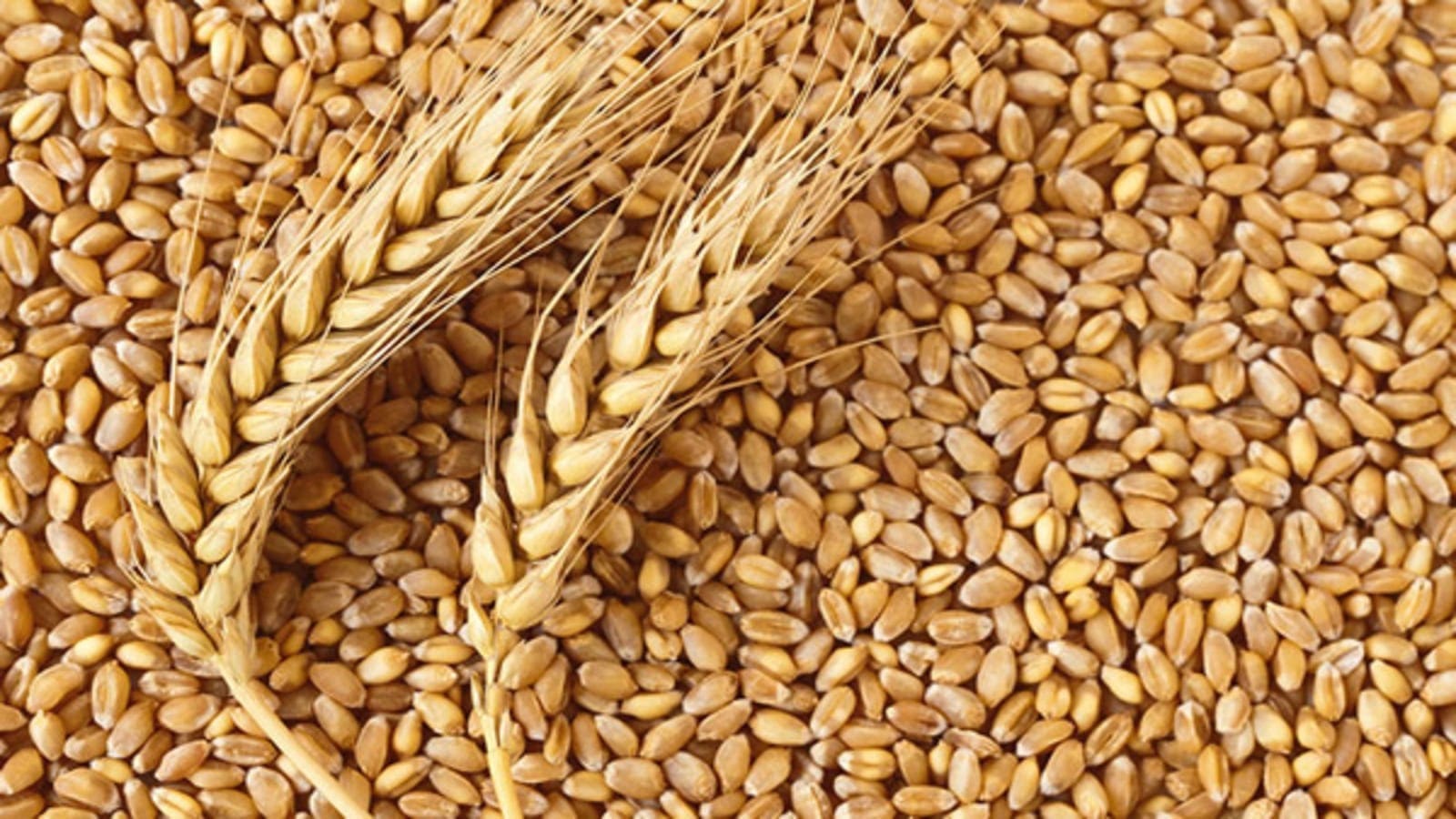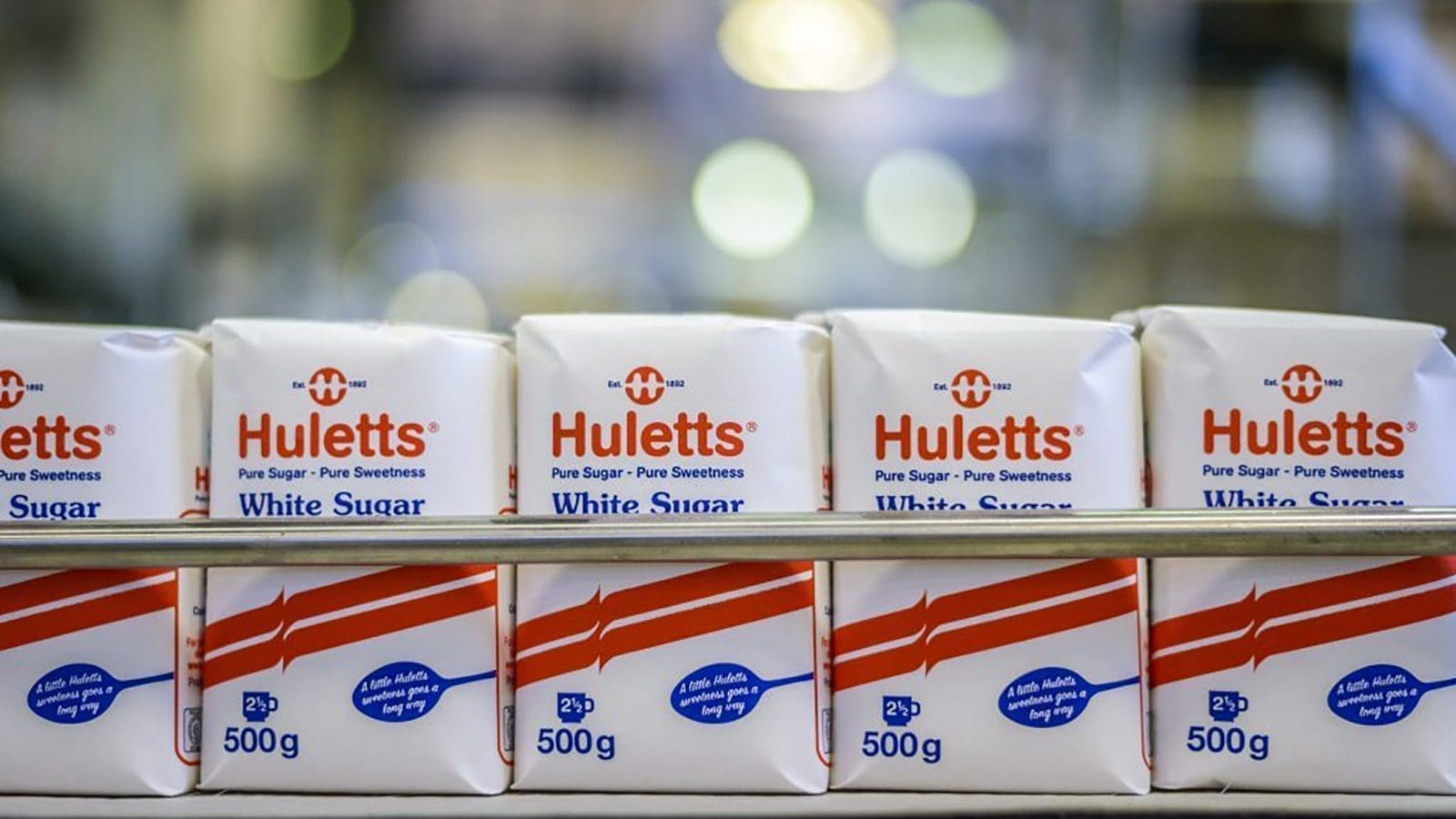INDIA – India’s grain production for the market year (MY) 2020/21 is forecast at a record 305.4 million metric tons (MMT) driven by record production of rice, wheat, corn, and pulses.
The recent figure released by India’s Ministry of Agriculture and Farmers Welfare is over 2 MMT higher than the earlier second advance estimate. It is also a whopping 8 MMT higher than last year’s record harvest.
Rice, one of India’s staple grains is forecasted to reach a near-record high of 121 million metric tons from a growing area of 44 million hectares. Wheat is on the other hand forecasted at 108 MMT with consumption estimated at 105MMT, leaving a surplus of 3MMT.
With the pickup in monsoon rains in the second week of July, planting prospects for corn are also improving influencing USDA official forecast for MY 2021/2022 corn production which is now pegged at 29.5 MMT from 9.5 million hectares.
Meanwhile, the government of India has pledged to continue the distribution of five kilograms of rice, or wheat, per beneficiary now through November 2021.
The cost-free food grains are being distributed by the government to assist people during the COVID-19 period and are being provided to about two-thirds of the national population under the National Food Security Act.
The benefit compliments the regular food grains supply of five kilograms per beneficiary monthly at the highly subsidized price of India rupees (INR) 2/kilogram ($0.027) for wheat and INR 3/Kilogram ($0.040) for rice.
Indian government sources confided to USDA officials that the new tranche of free food grains will cost the government an additional INR 700 billion (US$9.6 billion) this year.
These subsidies from the government and the extension of the free food grains quota are expected to further depress domestic rice and wheat prices for most of the upcoming marketing season.
Meanwhile, India’s Cabinet Committee on Economic Affairs has approved the increase in the Minimum Support Prices (MSP) for all mandated kharif (fall harvested) crops for ICY 2021-2022.
While the MSP for rice, corn, other coarse grains, various pulses, and oilseed planted in the kharif season (June-August) has been raised, prices paid for oilseeds and pulses are more favorable than those paid for cereals (including paddy rice).
In the MSP press release, the government stated that the differential remuneration is geared to encouraging crop diversification and is meant to encourage farmers to move away from overreliance on rice and wheat to other crops to help correct demand-supply imbalances.
Liked this article? Subscribe to Food Business Africa News, our regular email newsletters with the latest news insights from Africa and the World’s food and agro industry. SUBSCRIBE HERE











